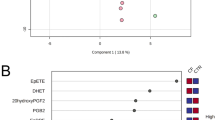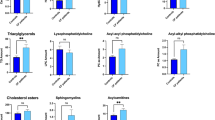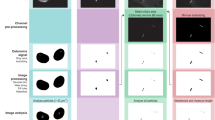Abstract
Summary: A ciliostatic factor has been isolated from cystic fibrosis (CF) saliva by dialyzing it from purified α-amylase prepared by a glycogen-complex method. This method of isolating the CF factor is an improvement over the previously employed heparin procedure. The activity of the isolated factor is proportional with concentration using the oyster gill ciliostatic assay and in its inhibition of mammalian glycogen debranching enzyme. The ciliostatic action of the factor can be reversed by heparin under certain conditions. The type of inhibition of the debranching enzyme by the isolated CF factor indicates that its chemical structure is similar to that observed with hydroxyalkylamines and polyamine metabolites. Physical properties of the isolated factor indicate that it is of low molecular weight and is labile as a function of pH and temperature. At neutral pH the conditions under which it is maintained have a direct effect on the length of time that it is stable.
Speculation: These studies indicate how the stability of the ciliostatic CF factor isolated from saliva is related to the physical conditions to which it is exposed. This information should be of value in evaluating its activity as well as in investigations into its chemical nature.
Similar content being viewed by others
Log in or create a free account to read this content
Gain free access to this article, as well as selected content from this journal and more on nature.com
or
Author information
Authors and Affiliations
Rights and permissions
About this article
Cite this article
Impero, J., Harrison, G. & Nelson, T. Cystic Fibrosis: Isolation and Physical Properties of a Salivary Cystic Fibrosis Factor. Pediatr Res 12, 108–114 (1978). https://doi.org/10.1203/00006450-197802000-00009
Issue date:
DOI: https://doi.org/10.1203/00006450-197802000-00009



